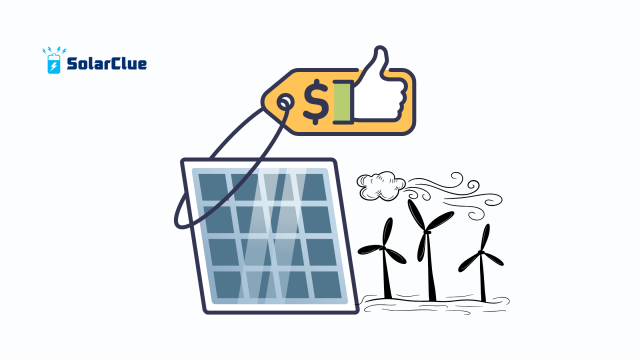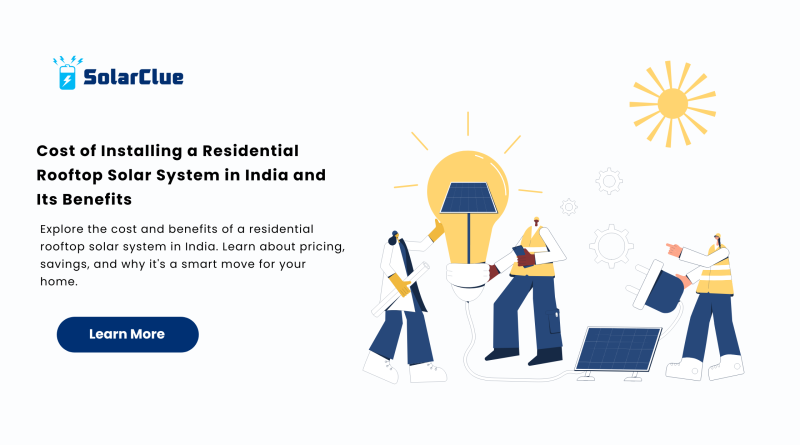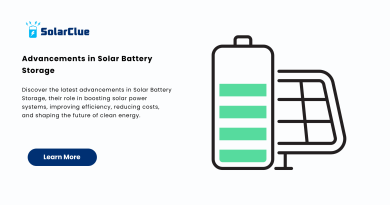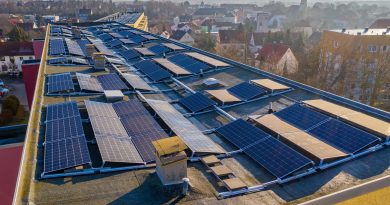Cost of Installing a Residential Rooftop Solar System in India and Its Benefits
With increasing electricity costs and a growing push towards sustainable living, many Indian homeowners are turning to solar energy. One of the most effective solutions is a residential rooftop solar system. This blog explains the solar system installation cost, the advantages of switching to solar power, and other essential aspects of using solar panel for home.
Table of Contents
- 1 What Is a Residential Rooftop Solar System?
- 2 Average Solar System Installation Cost in India
- 3 Government Subsidies and Incentives
- 4 Key Factors Affecting Solar Panel Price
- 5 Benefits of Installing a Solar System
- 6 Different Types of Residential Solar Power Systems
- 7 How to Choose the Best Solar Panel for Home
- 8 Installation Process: Step-by-Step
- 9 Common Myths Busted
- 10 Maintenance and Lifespan
- 11 Environmental Impact
- 12 Financial Return on Investment
- 13 Understanding Net Metering
- 14 Case Studies from Across India
- 15 Is Residential Rooftop Solar Worth It?
- 16 FAQs
What Is a Residential Rooftop Solar System?
A residential rooftop solar system is a setup where solar panels are installed on the rooftops of houses to capture sunlight and convert it into electricity. It offers a clean, renewable energy source that helps homeowners save money while reducing carbon emissions. These systems can be either grid-tied, off-grid, or hybrid depending on individual energy needs.
Average Solar System Installation Cost in India
The solar system installation cost in India can vary based on capacity, brand, and location. On average, here’s what homeowners can expect:
1. 1 kW system: ₹75,000 – ₹90,000
2. 2 kW system: ₹1,40,000 – ₹1,70,000
3. 3 kW system: ₹1,80,000 – ₹2,40,000
4. 5 kW system: ₹2,80,000 – ₹3,50,000
Prices can change depending on the solar panel price, type of panels (monocrystalline or polycrystalline), and installation complexity.
Government Subsidies and Incentives
The Government of India offers subsidies up to 40% under various schemes like the PM Surya Ghar Yojana. These incentives significantly reduce the solar system installation cost, making it more affordable for homeowners. State-level benefits may also be available depending on your region.
Key Factors Affecting Solar Panel Price

The solar panel price in India is influenced by:
1. Type and efficiency of the panel
2. Brand reputation and warranty
3. Installation hardware and inverter technology
4. Transportation and installation logistics
5. Choosing high-efficiency panels may cost more initially but ensures better long-term performance.
Benefits of Installing a Solar System
Here are the major solar system installation benefits:
1. Reduced Electricity Bills: Homeowners can save up to 90% on their energy costs.
2. Low Maintenance: Panels require minimal cleaning and occasional servicing.
3. Eco-Friendly: Using solar energy cuts carbon emissions and conserves natural resources.
4. Increases Property Value: Solar-equipped homes are seen as modern and valuable.
5. Energy Security: Reduces dependence on unpredictable grid power.
Different Types of Residential Solar Power Systems
There are three types of solar power system setups:
1. On-grid: Connected to the utility grid; best for areas with reliable electricity.
2. Off-grid: Works independently; ideal for remote locations.
3. Hybrid: Combines both systems for maximum reliability and savings.
Choosing the right type depends on your power needs and location.
How to Choose the Best Solar Panel for Home
Selecting a solar panel for home involves:
1. Checking efficiency ratings (higher is better)
2. Verifying durability and warranty (typically 25 years)
3. Reviewing customer feedback and certifications
4. Considering after-sales support and services
5. Always go for a trusted provider to ensure quality and performance.
Installation Process: Step-by-Step
Here’s how a solar system is typically installed:
1. Site Survey: Experts assess your roof and energy usage.
2. System Design: Engineers customize a system suited to your needs.
3. Procurement: Equipment is ordered and delivered.
4. Installation: Panels and components are mounted and wired.
5. Commissioning: System is tested and connected to the grid (if applicable).
Common Myths Busted
Let’s clear up some misconceptions:
1. Myth: Solar doesn’t work in monsoons.
Fact: Panels still generate power, albeit less.
2. Myth: Solar systems are unaffordable.
Fact: With subsidies and EMIs, they’re quite accessible.
Maintenance and Lifespan
Most solar panel systems last 25–30 years. Maintenance includes cleaning panels every 2–3 months and annual professional inspections. Modern systems also offer real-time performance tracking.
Environmental Impact
Using solar energy helps in:
1. Reducing your carbon footprint
2. Saving water used in traditional power plants
3. Supporting India’s clean energy goals
4. It’s a personal step toward global sustainability.
Financial Return on Investment
The payback period for a solar power system is usually 4–6 years. Post that, the electricity generated is practically free. With rising electricity rates, the returns keep getting better.
Understanding Net Metering
Net metering allows users to sell excess power back to the grid. This earns you credits and can drastically lower your utility bill or even bring it down to zero.
Case Studies from Across India
Households in Gujarat, Karnataka, and Tamil Nadu have seen dramatic savings:
1. A 3 kW system in Bangalore saves about ₹2,500 monthly.
2. A 5 kW system in Jaipur saved ₹4,000 in summer months.
These real examples prove the economic advantage of solar system adoption.
Is Residential Rooftop Solar Worth It?
Absolutely. With decreasing solar panel price, government subsidies, and the rising cost of electricity, installing a residential rooftop solar system is a smart and future-ready choice. It enhances your lifestyle, lowers expenses, and helps the planet.
FAQs
1. What is the lifespan of a residential rooftop solar system?
Typically 25–30 years with regular upkeep.
2. How much space is needed for a 1 kW system?
Around 100 square feet of shadow-free space.
3. Will the panels work on cloudy days?
Yes, though with slightly reduced efficiency.
4. Are financing options available?
Yes, many banks offer solar loans with favorable interest rates.
5. How can I track system performance?
Most systems come with a mobile app or web dashboard for monitoring.
Still have questions or looking for the best deals? Explore more helpful insights at blog.solarclue.com and browse products on solarclue.com. Power your home with sunshine today – because the future is solar, and it starts on your rooftop.




